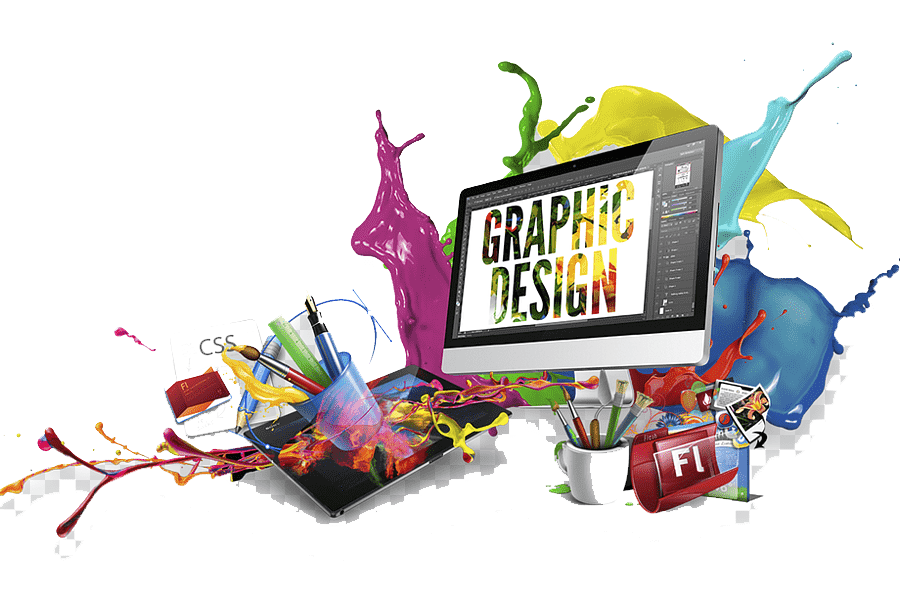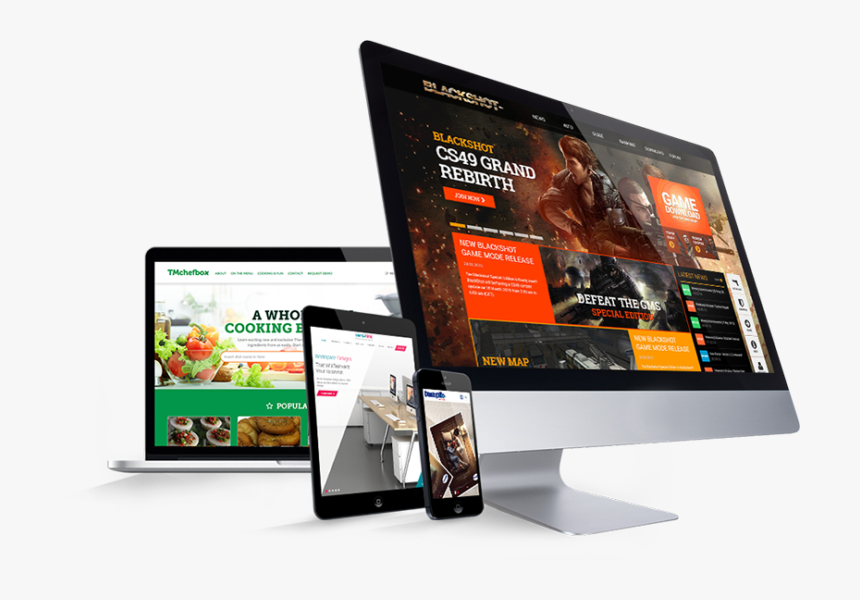An Introduction to Graphic Design
Graphic design is a professional discipline that combines art and technology to communicate ideas and messages visually. It's the art of creating visual content to communicate information or a specific feeling. Graphic design is all around us, from the logos on our favorite brands to the layout of a newspaper, the packaging of products we buy, and the websites we browse. It's not just about making things look good; it's a strategic process of solving a problem through visual communication. A skilled graphic designer understands how to use elements like color, typography, imagery, and layout to create a coherent and compelling message that resonates with a target audience.
The Core Elements of Graphic Design
Graphic design relies on a set of core principles and elements to create effective visual communication:
- Typography: A designer selects fonts, sizes, and spacing to convey a specific tone and personality. The right typography can be a powerful tool for brand identity, while the wrong choice can confuse a message.
- Color Theory: The use of color is a fundamental aspect of design. Designers use color palettes to evoke emotions, establish a brand identity, and create visual hierarchy. Understanding how colors interact and what they symbolize is crucial for a successful design.
- Imagery: This includes photographs, illustrations, and icons. Images are often the most impactful part of a design, as they can convey complex ideas instantly. A designer chooses or creates imagery that is not only visually appealing but also relevant to the message being communicated.
- Layout and Composition: This refers to the arrangement of all visual elements on a page or screen. A good layout creates a clear visual hierarchy, guiding the viewer's eye through the design in a logical order. Principles like balance, alignment, and proximity are used to create a harmonious and professional look.
Key Disciplines in Graphic Design
Graphic design is a broad field with many specializations:
- Branding and Identity: This is perhaps the most well-known discipline. Designers create a visual identity for a brand, which includes the logo, color palette, typography, and style guides. This identity is used consistently across all marketing materials to create a recognizable and trusted brand.
- Print Design: This involves designing materials that will be physically printed, such as brochures, flyers, posters, magazines, and books. Print designers must understand the technical requirements of printing, including color modes and resolution.
- Web and UI/UX Design: With the rise of the internet, a huge part of graphic design now focuses on digital platforms. UI (User Interface) design focuses on the visual look of websites and apps, while UX (User Experience) design focuses on how a user interacts with the product.
Conclusion: The Impact of Good Design
In conclusion, graphic design is an indispensable part of modern communication and commerce. It is the language of brands, the key to user-friendly products, and the tool for making information digestible and engaging. Good design is often invisible—it just works. It creates an intuitive and pleasant experience without the user even noticing. Poor design, on the other hand, can create confusion and frustration. The ability to harness the power of visuals to communicate effectively is what makes graphic designers such valuable professionals in every industry.


